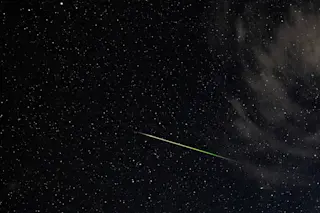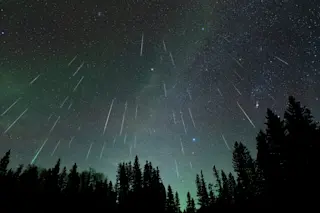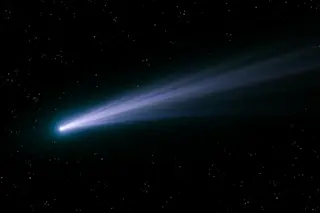A newly discovered comet has astronomers excited. Formally named C/2019 Q4 (Borisov), the object appears to have come from outside our solar system. If confirmed, that would make it the second known interstellar visitor to our solar system, after the space rock ʻOumuamua.
The potential interstellar comet, which so far is only a fuzzy blip, was first seen on August 30 by observer Gennady Borisov. Ever since then, astronomers around the world have been tracking it and mapping its trajectory to determine its origin. The preliminary data suggests that the object could have originated outside our solar system.
While ‘Oumuamua wasn’t seen until it was on its way out of the solar system, C/2019 Q4 is still on its way in — and should remain visible for a year. With current orbit calculations, C/2019 Q4 is expected to reach its closest approach to the Sun in December 2019, providing astronomers ...














